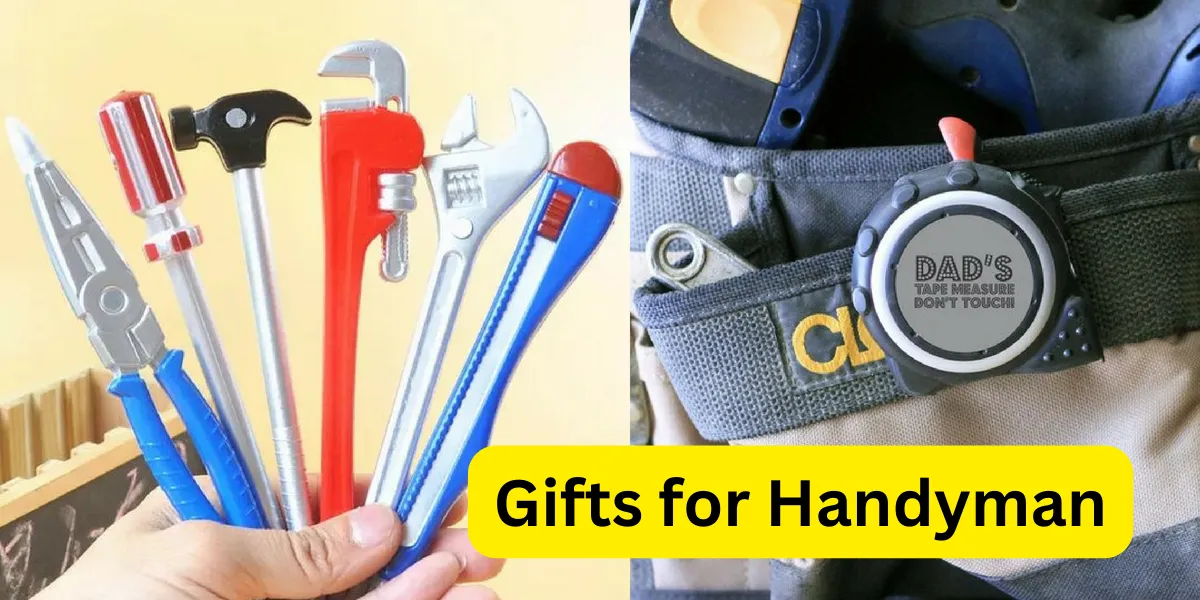When businesses search for the right partner to produce custom plastic components, the pricing quoted by different injection molding parts suppliers can feel confusing and even overwhelming. On the surface, two quotes for the same part may look very different, and choosing based only on the lowest number can be a costly mistake. Having worked with multiple plastic parts manufacturers over the years, I’ve learned that comparing pricing isn’t just about the per-unit cost—it’s about understanding what’s behind the numbers and how those costs affect long-term value.
In this article, I’ll walk you through the key elements you need to evaluate when comparing supplier quotes, drawing on real-world insights from the manufacturing industry. By the end, you’ll have a clear idea of how to approach pricing discussions strategically rather than purely transactionally.
Why Injection Molding Pricing Varies
If you’ve ever sent the same design to multiple injection molding parts suppliers, you’ve probably noticed that the prices can vary by a wide margin. That’s not necessarily a red flag—it’s often a reflection of how each supplier calculates their costs.
Some suppliers may invest heavily in advanced machinery, automation, and quality control systems. Their upfront costs may be slightly higher, but the precision and consistency of the parts can reduce defects and waste. Others may operate with lower overhead and offer attractive initial pricing, but they might lack the capacity to handle complex geometries, tight tolerances, or high-volume runs.
Understanding these differences helps explain why the cheapest quote isn’t always the best deal in the long run.
Tooling Costs vs. Production Costs
When comparing quotes, one of the first things you’ll notice is the separation between tooling costs and per-part production costs. Tooling is the mold itself—a custom-built tool that can cost thousands or even tens of thousands depending on complexity.
Some plastic parts manufacturers may spread tooling costs across the per-part price, while others may present tooling as a one-time, upfront expense. To make a fair comparison, you need to calculate the total cost of ownership across the projected lifecycle of the part.
For example, if you plan to order hundreds of thousands of parts, investing in a high-quality steel mold with a higher initial cost but longer lifespan may be more economical than going with a cheaper aluminum mold that wears out faster.
Material Selection and Its Impact on Price
Raw material choice is another critical factor that influences supplier pricing. Whether you need ABS, polypropylene, nylon, or specialized engineering-grade plastics, the cost can vary widely.
Reliable injection molding parts suppliers will not only provide transparent pricing for materials but also advise you on the most cost-effective options without compromising performance. If one supplier’s quote is significantly cheaper, it’s worth asking what grade of plastic they’re using and whether it meets your requirements for strength, flexibility, or chemical resistance.
Production Volume and Scalability
Injection molding is highly volume-sensitive. The per-unit cost typically drops as production volume increases because the fixed costs of tooling and setup are spread across more units.
When evaluating quotes, you’ll want to ask each supplier for pricing tiers based on different volume scenarios. For instance, what does the cost per part look like at 10,000 units compared to 100,000? Some plastic parts manufacturers offer flexible pricing models that make it easier to scale, while others may have rigid structures that limit cost efficiency as demand grows.
The Role of Quality Assurance in Pricing
Quality control adds to supplier costs, but it’s also a major safeguard for your business. Suppliers that implement ISO-certified quality management systems, automated inspection equipment, and rigorous testing protocols may charge more, but they also reduce the risk of defective batches.
From experience, working with injection molding parts suppliers that prioritize quality assurance often saves money in the long term. A slightly higher price per part is a worthwhile investment compared to the hidden costs of product recalls, rework, or dissatisfied customers.
Hidden Costs to Watch Out For
When comparing pricing, you should also look beyond the numbers on the quote sheet. Hidden costs can creep in if you don’t pay attention to details like:
-
Shipping and logistics fees, especially for international suppliers.
-
Secondary operations, such as painting, printing, or assembly, that may not be included in the initial quote.
-
Lead times—delays in production can affect your ability to meet market demand and increase costs indirectly.
A supplier with a slightly higher upfront quote but transparent terms may actually be more affordable than one with an attractive base price but unexpected add-ons.
Communication and Responsiveness
This is often overlooked when comparing costs, but supplier communication is invaluable. If a supplier is slow to respond to questions or unclear in explaining their pricing structure, that lack of transparency can cause problems later in the partnership.
In my experience, the best plastic parts manufacturers are those who take time to walk through the breakdown of their quote and explain where every dollar goes. This doesn’t just build trust—it helps you make more informed decisions.
Long-Term Partnership Value
Finally, it’s important to view pricing in the context of long-term partnership value. A good injection molding parts supplier isn’t just a vendor—they become part of your supply chain strategy.
Suppliers that invest in innovation, offer design-for-manufacturing (DFM) support, and proactively suggest ways to reduce costs or improve part performance can deliver value far beyond the initial price tag. Over time, these collaborations often lead to lower total costs, faster product launches, and better overall competitiveness.
Practical Approach to Comparing Quotes
Here’s a framework I’ve personally used when comparing supplier quotes:
-
Break down the costs into tooling, material, labor, and additional services.
-
Project total costs over the expected production volume.
-
Evaluate quality assurance measures and certifications.
-
Factor in logistics, secondary operations, and lead times.
-
Consider communication, reliability, and long-term partnership potential.
By applying this method, you can make side-by-side comparisons that go beyond face-value numbers and reflect the true cost-effectiveness of each supplier.
Final Thoughts
Comparing the pricing of injection molding parts suppliers is not a simple exercise in finding the lowest quote. It’s about looking deeper into what each supplier offers—tooling quality, material selection, scalability, quality assurance, and partnership value all play a role in determining real costs.
If you approach the process thoughtfully and ask the right questions, you’ll not only save money but also build stronger relationships with plastic parts manufacturers who can support your business goals long term.
Remember, the cheapest option isn’t always the most cost-effective. The right partner will balance competitive pricing with reliability, quality, and growth potential—giving your business an edge in today’s competitive market.






